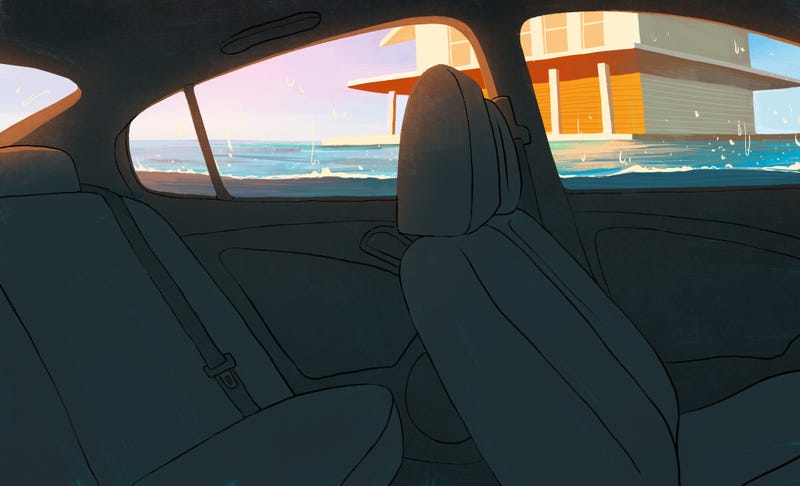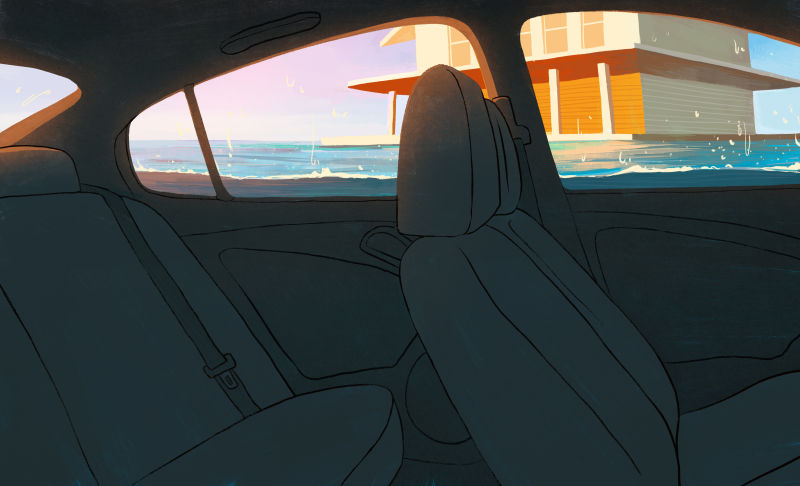The next time you find yourself behind the wheel of car in a rainstorm, be sure to disable cruise… Read more Read more
If it isn’t clear already, do not ever attempt a water crossing with your vehicle. It will not go well. Besides, you can’t accurately tell how deep water is from inside your vehicle, and you could be driving right into a sinkhole. Turn around and find another route. A good portion of the roughly 80 flood deaths that occur every year are due to poor decisions made with vehicles.
If the water comes at your vehicle suddenly and you have no time to get away, you need to get out as quickly as possible. If you’re stuck and the water is rising, unbuckle your seatbelt, roll down your windows, break them with a specialized tool , or kick them out to allow water to flow freely into the vehicle . If you don’t, you won’t be able to open your doors because nearly 2,000 pounds of pressure will be pushing against it. Once water comes in and the pressure equalizes on both sides—which will take less than a minute—you’ll be able to open the car doors or swim out of the window opening. Abandon your car and move to higher ground following the on-foot rules explained above.
How to Stay Safe After the Flood Flood environments can still be dangerous even after the rain and rushing water is gone. Don’t go home until authorities say it’s safe, and listen to news reports to make sure the local water supply is still safe to drink. Also, stay out of any leftover pools of floodwater , and continue to avoid all moving water. It could be contaminated with all sorts of nasty stuff, like oil, gasoline, and sewage, and it may even be electrically charged from downed power lines.
As you make your way home, stay aware and watch for areas that were clearly damaged by floodwaters. Weakened roads, bridges, and other routes can be dangerous to drive over. Take the safest route possible. If your home is surrounded and filled by floodwaters, do not go inside. It’s too dangerous. The water could be electrically charged and the building could be structurally unsafe. Even if your home was only slightly flooded during the storm, be extra cautious about using your home’s power . Lastly, be sure to clean and disinfect everything that got wet or muddy during the flood to avoid any further contamination or health hazards.
Do you know how to actually protect yourself during an earthquake or hurricane? What about a… Read more Read more














